If you’re serious about launching a blog like this one, self-hosted WordPress is still the best long-term choice. Are there other ways to start a blog? Sure—but very few come close to WordPress for flexibility, monetization, and scalability as your site grows.
The Best Blogging Platforms in 2025
I use WordPress for all of my sites—especially when the goal is making money with affiliate marketing, display ads, services, or digital products. Nothing beats WordPress for customization, SEO control, and ecosystem depth. To get online fast, you’ll want reliable hosting. Hostinger remains my top pick for beginners—it’s fast, dependable, and priced for first-time bloggers.
Curious about exceptions? These alternatives shine for specific use cases:
- Wix if you want the absolute easiest way to create a blog
- Squarespace if you’re a creative professional like a designer, artist, or musician
- LinkedIn if you’re looking to reach professionals and B2B audiences
- Medium if you want to start writing immediately and grow an audience organically
LinkedIn and Medium are free to start, which makes them perfect for building consistency and practicing your voice before launching a self-hosted WordPress site. You can always migrate content later when you’re ready to own your platform.
WordPress with Hostinger – Best for Most Bloggers
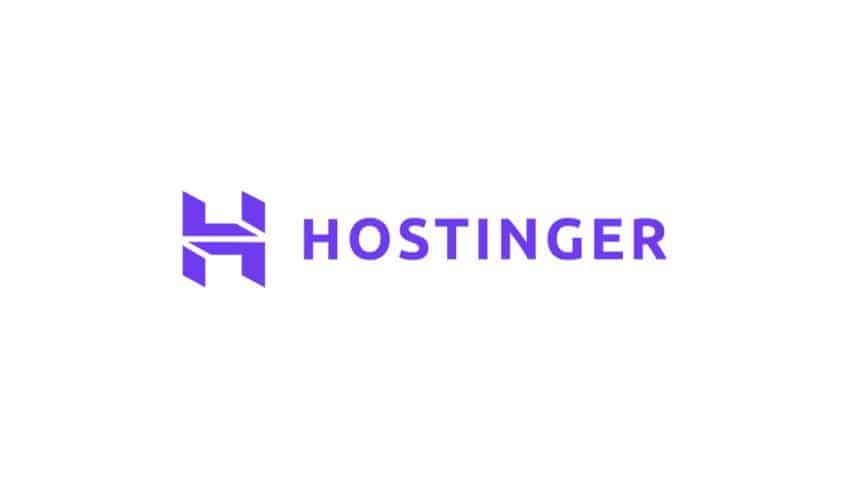
WordPress is the world’s most-used blogging platform. The software is free—your only base cost is web hosting.
Hostinger’s WordPress hosting is beginner-friendly and budget-conscious—intro pricing frequently drops below $3/month on long-term plans. Their guided setup gets you online in minutes, covering installation, themes, SSL, and performance essentials without you having to tinker.
One of WordPress’s biggest advantages is portability. You fully own your site and can export or migrate at any time—no redesign required if you ever switch hosts.
As your traffic grows, you can move to a higher-tier plan or another provider with advanced resources. Scaling doesn’t mean starting over—just migrate your existing WordPress site.
WordPress is a complete content management system. If you’re serious about monetizing your blog via ads, affiliates, services, memberships, or digital products, it gives you the most control over structure, SEO, and design.
Because it’s open source, thousands of developers build themes and plugins—so you can add almost any feature without custom code.
There’s a plugin for nearly everything. See our favorite plugins here.
The Gutenberg block editor makes publishing fast and visual. Drag in images, buttons, callouts, videos, tables, or affiliate boxes—no coding required. Newer features like the Site Editor, patterns, and reusable blocks help you keep branding consistent across pages.
Want a countdown timer, comparison table, or custom affiliate disclosure? It’s all possible with plugins you can install in a few clicks.
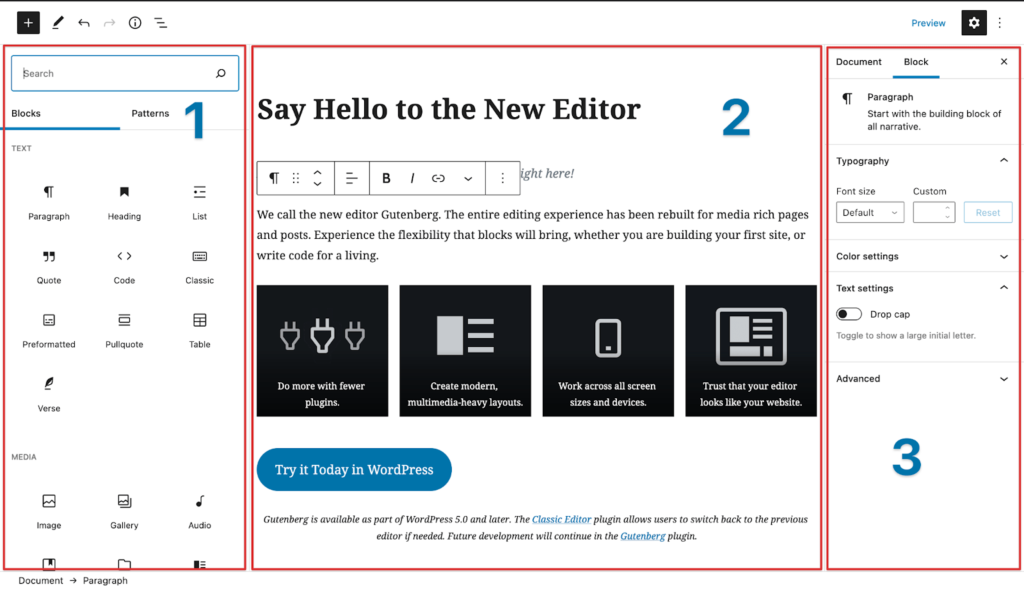
We interviewed longtime WordPress users for this guide. One described it as “incredibly blogger-friendly with strong SEO capabilities out of the box.” Many echoed the same experience after years of use.
There is a mild learning curve—you’ll manage themes, plugins, and updates—but most newcomers get comfortable quickly, and there’s a giant community resource for help whenever you’re stuck.
“When I started, I knew nothing. It felt overwhelming for a week, then it clicked,” one user told us. “Now if I hit a snag, I Google it—there’s always a solution.”
Give it a little time and you’ll control every aspect of your blog’s design, content, and growth without being boxed in by a proprietary builder.
Bottom line: WordPress takes more initial effort than Wix or Squarespace, but you keep full ownership and unlimited flexibility. Hostinger makes getting started painless with a free domain on many plans, one-click installs, and onboarding that won’t waste your time.
Wix – Best if You Want the Easiest Way to Create a Blog
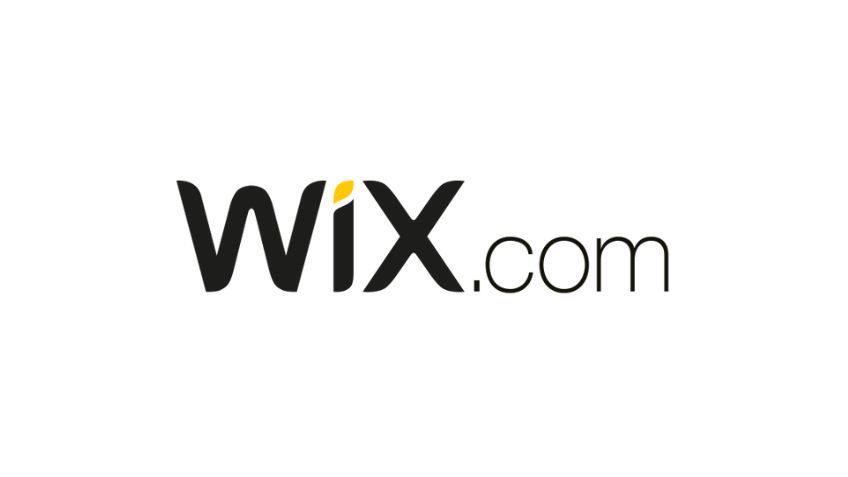
Wix is the opposite of WordPress—no separate hosting, minimal setup, and almost zero learning curve. That convenience does cost more than entry-level WordPress hosting.
Wix plans typically start around the mid-teens per month when billed annually. You’re paying for speed and simplicity—and for many first-time creators, that’s worth it.
The biggest tradeoff is portability: Wix sites aren’t easily migrated. If you move platforms later, expect to rebuild the design.
That said, Wix is extremely beginner-friendly. You can publish a site in under an hour with its drag-and-drop editor. The platform’s AI site builder can even generate a starting layout based on a few prompts about your goals.
You’ll get hundreds of modern templates you can tailor—adjust layouts, colors, fonts, and imagery with clicks, not code.
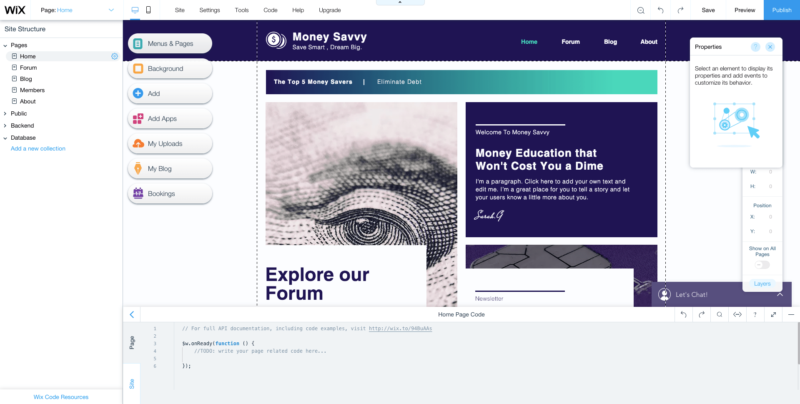
Publishing is just as simple: click “Create a Post,” write, add images, and publish. Wix’s editor works smoothly on desktop and mobile.
One interviewee summed it up: “Wix is as straightforward as it gets if you have zero coding background.” That’s exactly who it’s for.
SEO and analytics tools are built in, so you can monitor traffic and optimize posts without extra add-ons. If you want more, Wix’s app market lets you add comments, likes, email capture, categories, live chat, ecommerce, bookings, and memberships—with upgrades available as you grow.
Bottom line: Wix is the easiest way to get a blog live fast. If you prioritize convenience over long-term flexibility, it’s a strong starting point—just remember monetization options and migration can be more limited than WordPress.
Squarespace – Best if You’re an Artist, Designer, Musician, or Creative
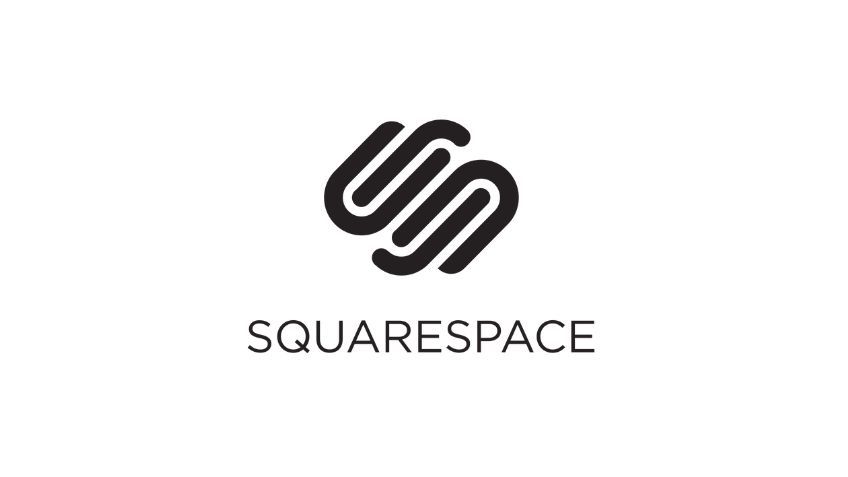
WordPress is powerful, but its endless options can feel like overkill if you just want a beautiful site without tinkering. That’s where Squarespace shines.
Like Wix, Squarespace includes hosting and a beginner-friendly editor. Pricing for entry-level plans is in the same ballpark as Wix. Where it stands apart is the gorgeous, minimalist templates that make visual-first content—portfolios, photography, design, or music—look editorial right out of the box.
If you want your blog to look polished immediately, Squarespace delivers. Browse the templates and you’ll see the difference in typography and layout finesse.
We spoke with a gardening blogger, an interior designer, and a web designer who all use Squarespace. Each praised its simplicity and design quality. One told us, “I had my site live the same day—no headaches.”
Editing is intuitive: pick a template, swap in your content, drag in new sections, and customize as much—or as little—as you want. Prebuilt sections keep everything on-brand so your site stays cohesive.
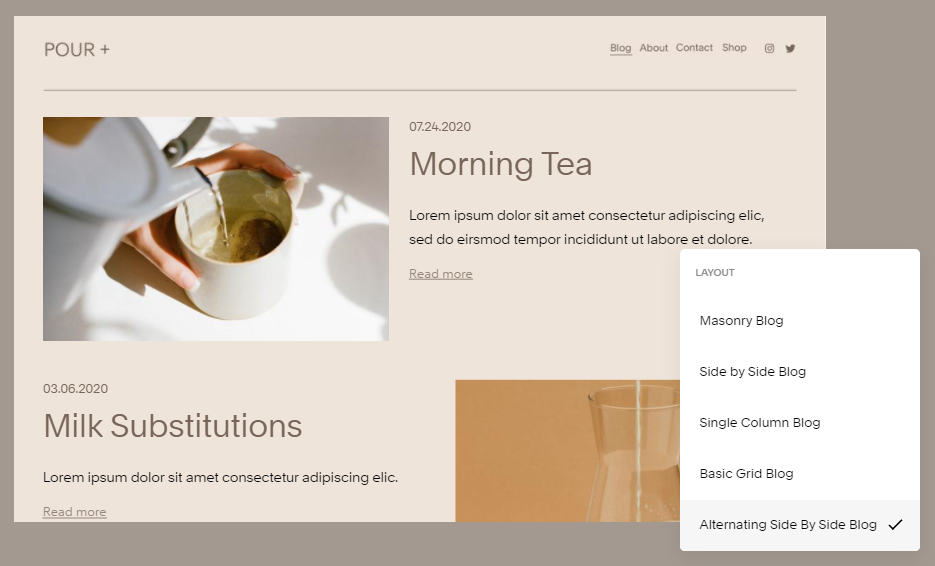
Squarespace also includes built-in ecommerce, email marketing, member areas, and donations, making it a true all-in-one for personal brands and creatives who want to sell without extra tools.
Limitations to note: Custom CSS requires at least a Business plan, and going beyond the template’s defaults can take effort. Some users also find the mobile editor less flexible—you may need to fine-tune layouts for smaller screens.
“My biggest gripe is mobile,” one user said. “I had to tweak several pages for phones separately.”
Bottom line: Squarespace is ideal if you value aesthetics and simplicity over deep customization. You won’t get WordPress-level control, but you’ll get a beautiful, cohesive site with minimal effort.
LinkedIn – Best if You’re Trying to Connect with Businesses and Professionals
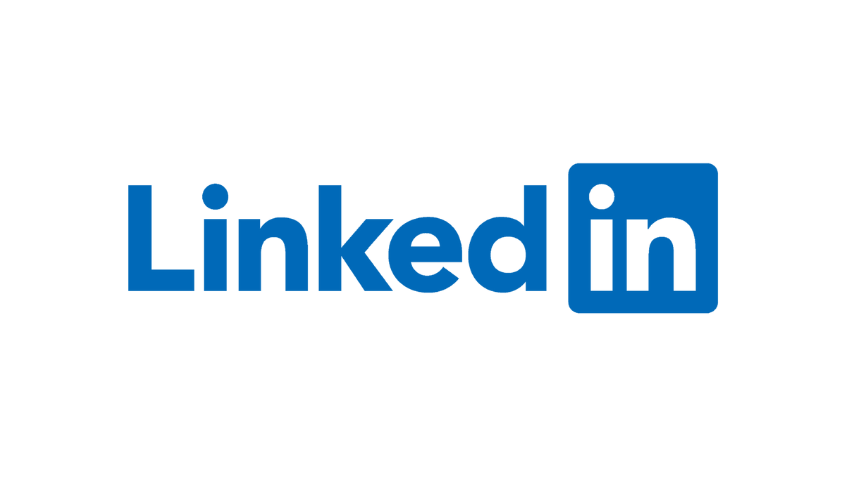
If your audience is professionals or B2B buyers, LinkedIn is a zero-cost place to publish and build authority. You don’t need hosting, a domain, or a theme—create a profile and start posting.
LinkedIn has a built-in network of over a billion members worldwide, including leaders across tech, finance, marketing, and HR. This audience is highly engaged and actively looks for practical insights and thought leadership.
Team members who post consistently see strong engagement. LinkedIn rewards helpful content that sparks discussion—especially posts that share firsthand experience or data.
Unlike your own site, direct monetization is limited. You won’t earn ad or affiliate income on LinkedIn; instead you’ll turn visibility into clients, speaking gigs, course sales, or partnerships.
One user told us, “My LinkedIn posts bring in higher-quality leads than my standalone blog. I drop a webinar link in the comments and convert signups to course sales.”
Creating content is simple: click “Write an article,” add images, and publish. No complex formatting required. Shorter posts, carousels, and newsletters often perform best for ongoing visibility.
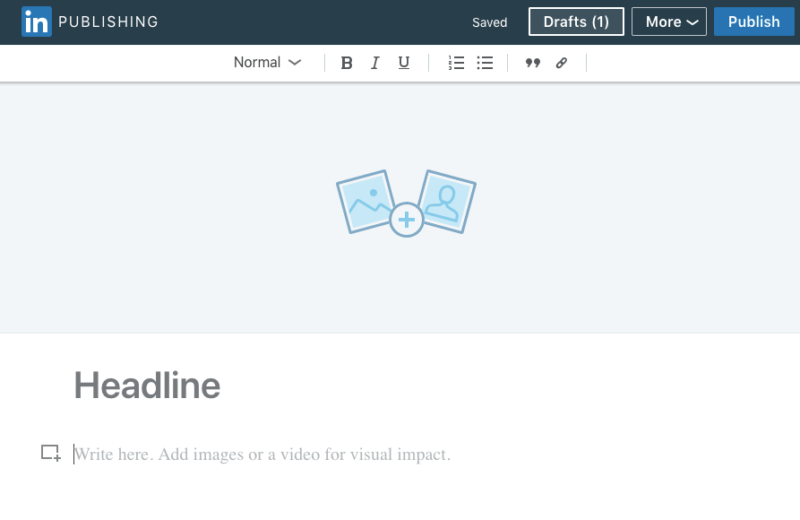
One drawback: LinkedIn isn’t great for archiving. Older articles can be hard to surface unless someone scrolls your profile or subscribes to your newsletter.
Bottom line: LinkedIn is perfect for building a professional audience and generating leads. Use it to grow visibility and trust—then point people to your main site where you control the experience.
Medium – Best if You Just Want to Try it Out and Start Building an Audience
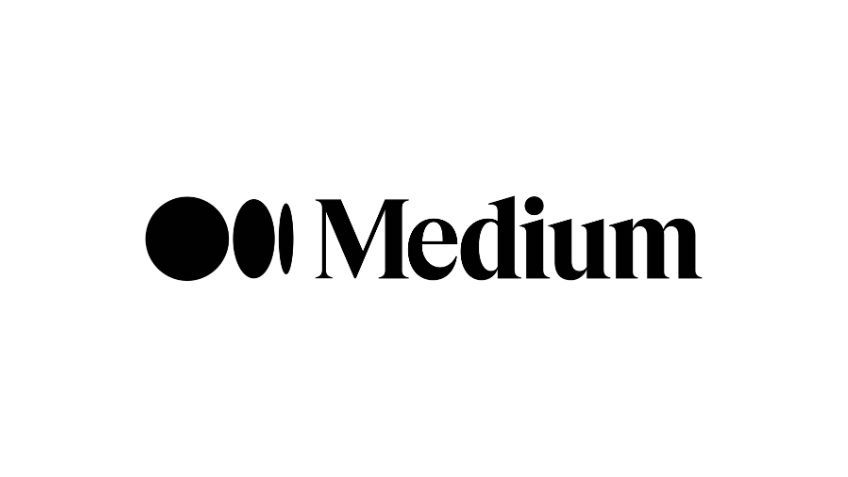
Medium blends publishing with a built-in reader community. It’s free to start, has instant distribution, and requires no setup at all.
It’s known for thoughtful, niche writing and long-form essays that spread via recommendations. Medium’s audience and curation can help new writers gain traction fast without worrying about technical SEO on day one.
Readers can follow you or subscribe to your publication. Submitting to large publications can dramatically expand reach and introduce your work to new audiences.
“Even with zero blogging experience, Medium is easy to learn,” one user told us. “It’s perfect for validating ideas before I invest in a full site.”
Medium’s Partner Program pays based on member reading time and engagement. A small minority of writers earn substantial income, but for most it’s limited—treat payouts as a bonus, not a business model.
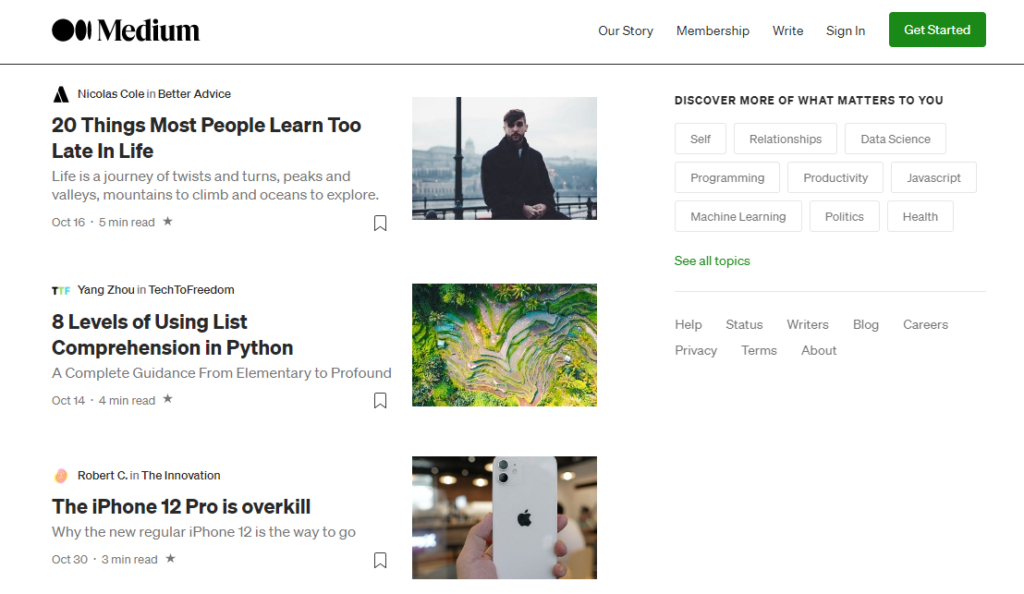
Getting started is as simple as creating a free account, clicking “Write a Story,” and adding text, images, and tags. The editor is distraction-free and similar in feel to WordPress’s block editor.
Some of Medium’s biggest publications were built entirely on the platform. You can invite co-authors and editors to collaborate and publish under a shared masthead.
Bottom line: Medium is ideal if you want to publish today and build an audience with zero technical hurdles. If you’re serious about monetization, you’ll eventually want your own site for full control.
How We Chose Which Blogging Platforms to Review
We selected our top five by weighting the factors that matter most to new and growing blogs:
- User-friendliness and learning curve
- Customization for niche blogs
- Audience growth tools (email, social, analytics)
- Monetization and profit potential
- Scalability for long-term growth
- Ability to migrate or pivot as needs change
We created sample blogs on each platform and tested day-to-day workflows—theme setup, writing and publishing, mobile editing, SEO controls, and site performance. We compared both free and paid tiers to see what you actually get at each level.
After narrowing from twelve platforms to five, we combined hands-on testing with interviews from long-term users to understand real-world pros, cons, and where each platform fits best.
How We Reviewed Each Blogging Platform
I have extensive WordPress experience and relied on that expertise during testing. For other platforms, we spoke with 15 users out of 116 we contacted—creators, business bloggers, and hobbyists who publish regularly and depend on these tools.
Those interviews validated strengths and limitations—from monetization hurdles to creative freedom and migration concerns. There’s no one-size-fits-all platform: choose based on your goals, technical comfort, and how much control you want over SEO and design.
Our final takeaway: WordPress with Hostinger is still the best starting point if you want to own your site, customize freely, and build durable monetization over time.
